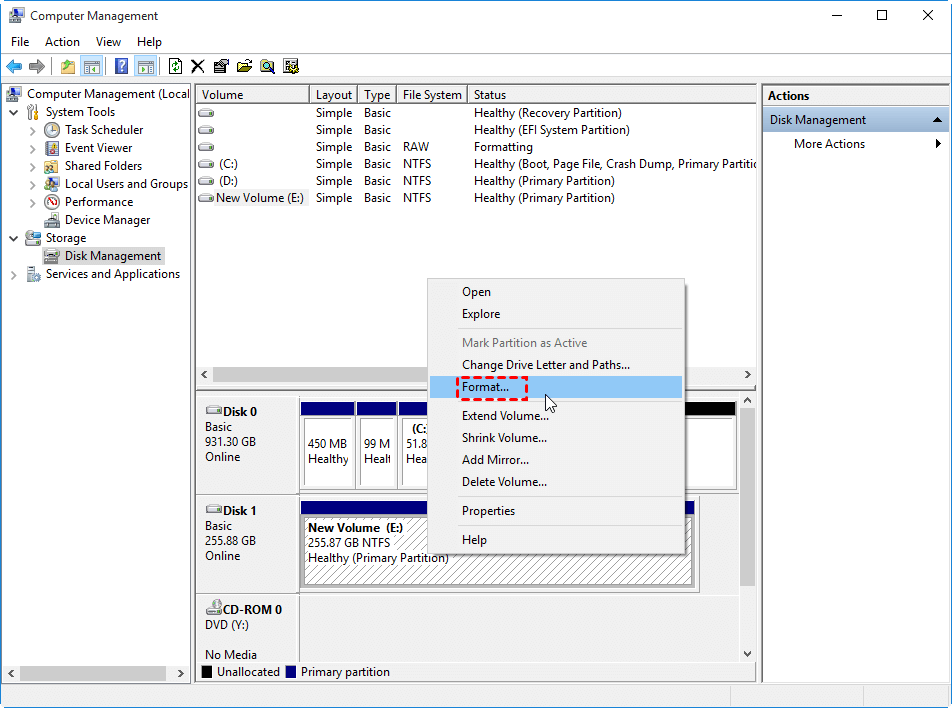
If you want to store large files on that drive, a large cluster size is better as the drive will be faster. Hence, the optimal allocation unit size depends on what you want to do with your USB drive. With smaller clusters, however, the drive becomes slower as each file is broken up into smaller pieces, and it takes much longer to draw them all together when the file is accessed. Hence, larger clusters can lead to more wasted or slack space. Once a file or a portion of a file is written to a cluster, the cluster is occupied, even if there is space remaining. The file system records the state of each cluster, i.e. Hard drives are organized in clusters and the allocation unit size describes the size of a single cluster. If for compatibility or speed reasons you want to go with FAT or FAT32, always go with FAT32, unless you are dealing with a device of 2 GB or smaller.
#Best file allocation size for usb backup drive drivers#
exFAT, on the other hand, is supported as of OS X 10.6 (Snow Leopard), but you need drivers to read it on Linux.

NTFS is supported in Linux, but it requires a hack or third-party application to work on a Mac. Keep in mind though that FAT and FAT32 are the only file systems that are cross-platform compatible. It combines the benefits of FAT (small, fast) and NTFS (large file size supported) in a way that is perfect for flash drives. However, due to the way NTFS works it is not recommended for flash drives, even when they are bigger than 32 GB. In other words, any regular sized hard drive (60 GB +) should be formatted with NTFS.


 0 kommentar(er)
0 kommentar(er)
